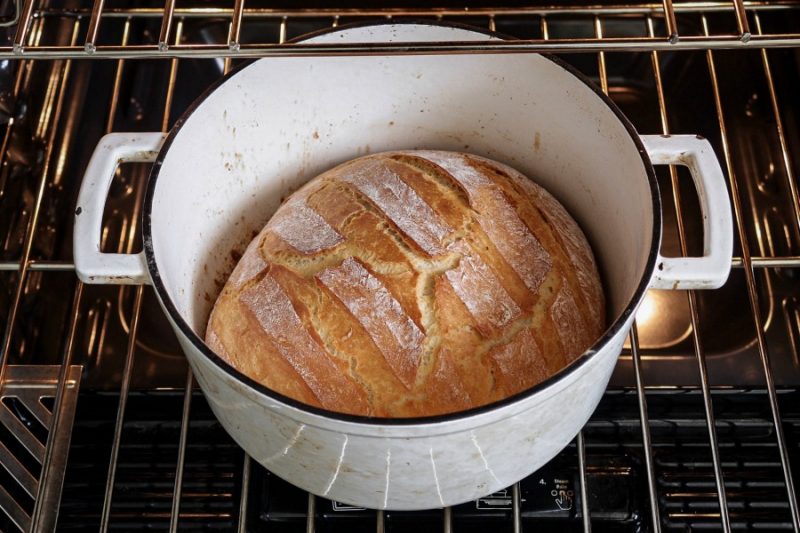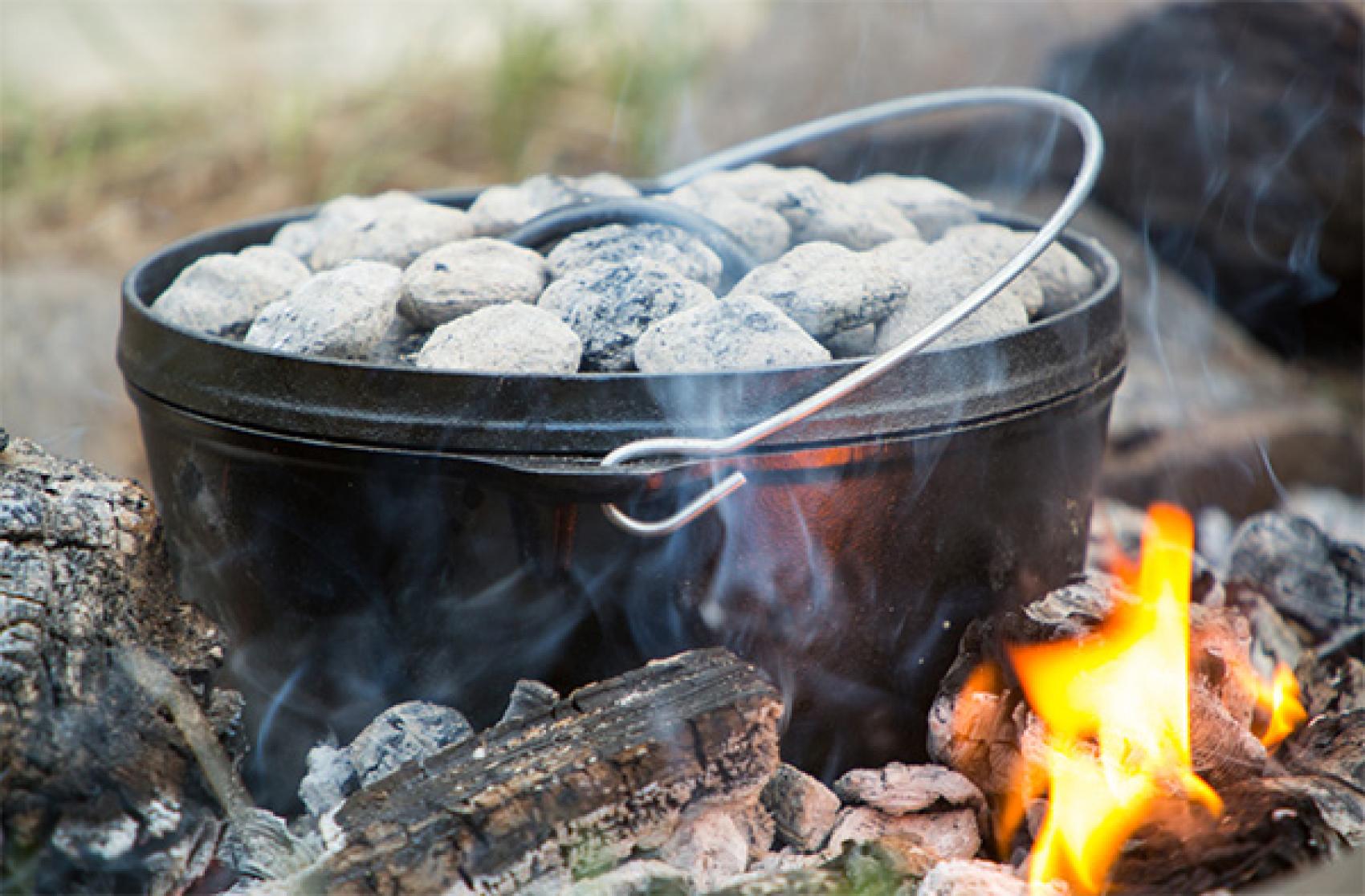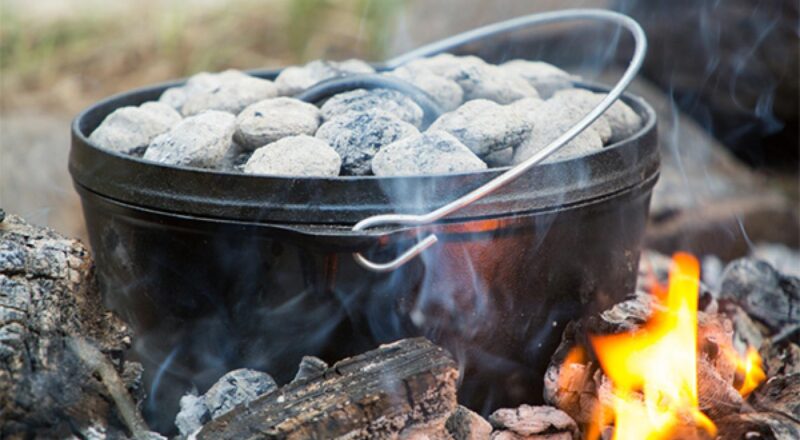Creating a delightful and mouth-watering cake in a Dutch oven may sound challenging at first, but with the right techniques and tips, anyone can master this culinary art. Whether you are a professional chef or a home cook, **Dutch oven cake recipes** offer a unique way to bake, bringing out the moistness and flavors that make each bite unforgettable. This article will explore everything you need to know about baking cakes in a Dutch oven, from the basic equipment to advanced tips and tricks.

Why Choose a Dutch Oven for Baking?
When it comes to baking cakes, many people might think of traditional ovens and baking pans. However, **Dutch ovens** offer a unique advantage that can significantly enhance your baking experience. The heavy cast iron construction ensures even heat distribution, which is crucial for achieving a perfectly baked cake. Additionally, Dutch ovens can retain heat for longer periods, allowing for a slow and steady baking process that locks in moisture and flavors. This characteristic makes Dutch ovens ideal for not only cakes but also various other baking recipes.
The Essential Equipment for Dutch Oven Cake Baking
To get started with your **Dutch oven cake recipe**, you’ll need the following essential equipment:
- Dutch Oven: A high-quality Dutch oven is crucial for even heat distribution and moisture retention. Check out this Dutch Oven.
- Knife: A sharp knife for cutting ingredients like fruits or nuts that you may want to include in your cake. Here’s a reliable Knife.
- Cutting Board: A durable cutting board to assist in preparing your ingredients. Check out this Cutting Board.

Preparation: The Key to a Successful Dutch Oven Cake Recipe
Successful baking begins with proper preparation. Before diving into the recipe, make sure all your ingredients and tools are ready.
Firstly, preheat your **Dutch oven** to ensure its at the right temperature when you start baking. This step is essential for a consistent bake. Next, prepare your baking surface by lining the Dutch oven with parchment paper or lightly greasing it with butter or oil. Investing time in proper preparation will pay off when you take out a perfectly baked cake that’s easy to remove and clean.
Ingredients and Measurements
Gathering the right ingredients in the correct measurements is crucial for a successful outcome. Here is a basic **Dutch oven cake recipe** that you can tweak to your preferences:
- 2 cups of all-purpose flour
- 1 cup of granulated sugar
- 1/2 cup of unsalted butter, melted
- 1 cup of milk
- 2 large eggs
- 1 teaspoon of vanilla extract
- 1 teaspoon of baking powder
- 1/2 teaspoon of baking soda
- A pinch of salt
Mixing and Baking
Start by combining the dry ingredients in one bowl: the flour, baking powder, baking soda, and salt. In another bowl, whisk together the wet ingredients: melted butter, sugar, eggs, milk, and vanilla extract. Gradually add the dry mixture to the wet mixture, stirring well until the batter is smooth.
Pour the batter into your preheated and prepared **Dutch oven**. Cover it with the lid to create an even baking environment. Place the Dutch oven in the preheated oven and bake at 350F (175C) for approximately 45-55 minutes, or until a toothpick inserted into the center of the cake comes out clean.

Tips and Tricks for the Perfect Dutch Oven Cake Recipe
Baking a cake in a Dutch oven can be an extraordinary experience if done right. Here are some tips and tricks to take your Dutch oven cake recipe to the next level:
- Monitor the Temperature: Consistent temperature is key. If your Dutch oven gets too hot, it may burn the cake’s exterior while leaving the inside undercooked. Use an oven thermometer to maintain the right temperature.
- Use Parchment Paper: Lining your Dutch oven with parchment paper can make the removal process much easier and keep your cake intact.
- Check for Doneness: Always use a toothpick or a cake tester to ensure your cake is cooked through. Insert it into the center of the cake; if it comes out clean or with few crumbs, your cake is ready.
Serving Suggestions and Add-ons
A Dutch oven cake can be served in many delightful ways. You can enjoy it plain, dusted with powdered sugar, or dressed with a frosting of your choice. Adding fresh fruit, whipped cream, or a scoop of ice cream can enhance the flavor profile. You can also experiment with different mix-ins like chocolate chips, nuts, or dried fruit to tailor the recipe to your taste.

Cleaning and Maintaining Your Dutch Oven
Proper cleaning and maintenance of your Dutch oven are crucial to ensure its longevity and performance. After baking, allow the Dutch oven to cool down to avoid thermal shock. Wash it using a mild detergent and a soft sponge to prevent any damage to the enamel or cast iron surface. Make sure it’s completely dry before storing to avoid rusting. For further maintenance tips, you can visit Why Does My Dutch Oven Stick? or How to Store Cast Iron Dutch Oven.
Recommended Cleaners
To keep your cookware in top shape, consider investing in a good cookware cleaner. Also, if you used a wooden cutting board during your preparation, a reliable cutting board conditioner can help maintain its quality.
Baking with Confidence
Now that you have the complete guide, you’re ready to tackle any Dutch oven cake recipe with confidence. Remember, practice makes perfect, and with each try, you’ll get closer to perfecting your baking skills. For more inspirations and related recipes, you can explore Skillet Recipes.
As an Amazon Associate, I earn from qualifying purchases.

